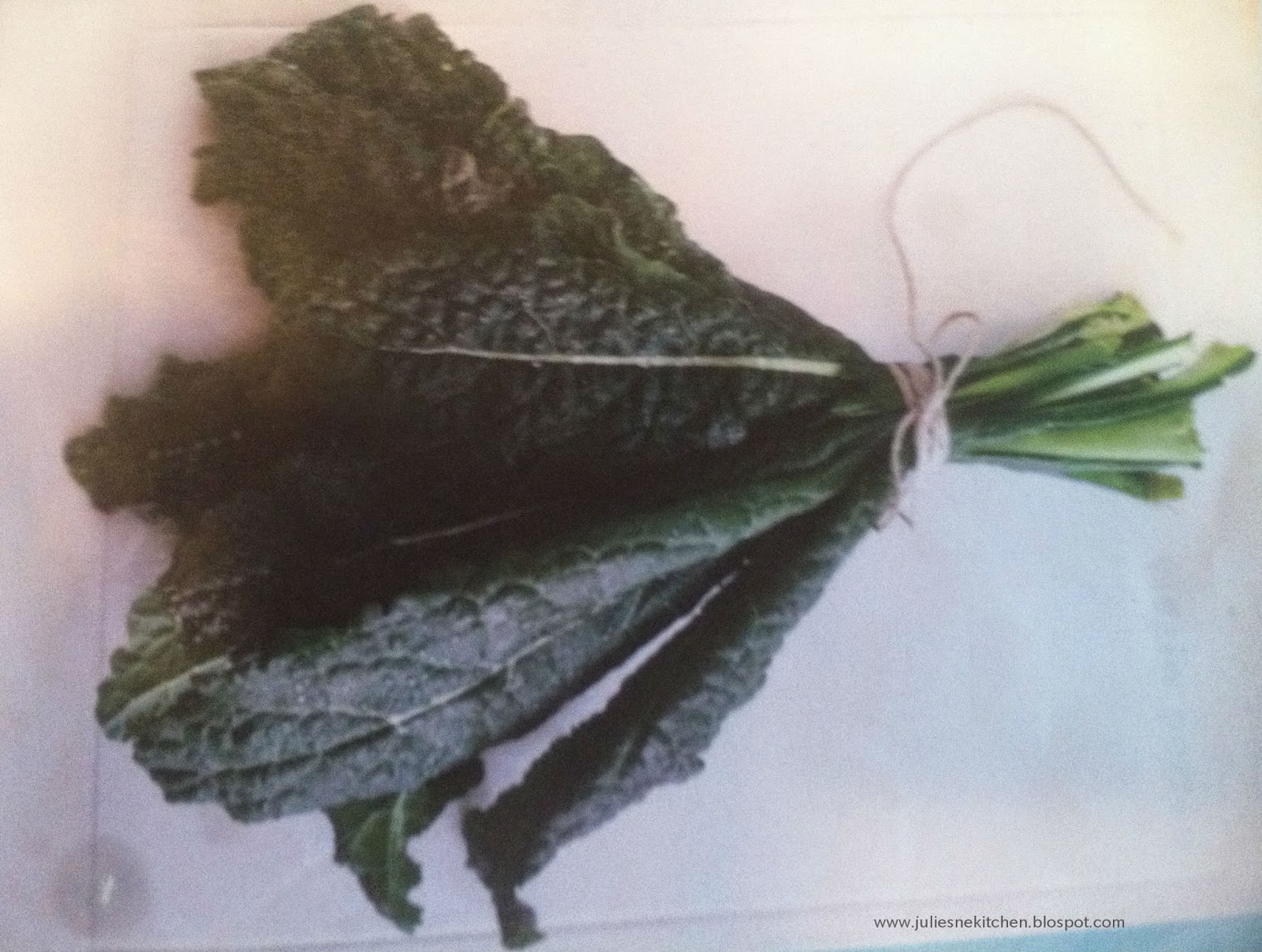According to Merriam-Webster's on-line
dictionary, a ragout is a stew of meat, vegetables and spices.
This dish is a variation on a recipe
which appeared in the Feburary 15, 2009 Parade Magazine. It's a fast
dish to prepare which can be served as a soup, a side dish or as main
entree. Use vegetable broth instead of chicken broth and you have a
meat-free dish.
I've found this to be great cold day
dish and my preference is to make this on the first chilly days of
October when onions and the last of the season's tomatoes are
available at the local farmer's market. I usually serve this as a
soup with a small salad and bread on the side.
2
tbsp extra-virgin olive oil
1
small to medium onion, diced
2
tbsp minced garlic or 2 tbsp crushed garlic cloves
1
tsp ground cumin
1
can (19 oz.) drained and rinsed or 2 cups chickpeas
1/2
tsp dried thyme
1
medium to large tomato, diced or 1 (15 oz.) can diced tomatoes
2
tsp agave nectar or 2 tsp honey
2
tsp lemon juice
1
cup chicken or vegetable broth
Black
Pepper to taste
- Using a 3 quart pot, heat the oil over medium to medium-high heat. Add the onion and garlic and sautee until onion begins to brown, approx. 2-5 minutes. Sprinkle with cumin and stir to mellow.
- Stir in chickpeas, tomatoes, thyme, agave nectar or honey, lemon juice, and broth. Bring to a boil, reduce heat, season with black pepper, and simmer for 4 minutes.
- Taste the chickpeas and adjust the seasonings as needed.
- Serve as is in soup bowl, with bread or over prepared couscous or rice.
- Stored any unused portion in air-tight and spill-proof container in refrigerator.








